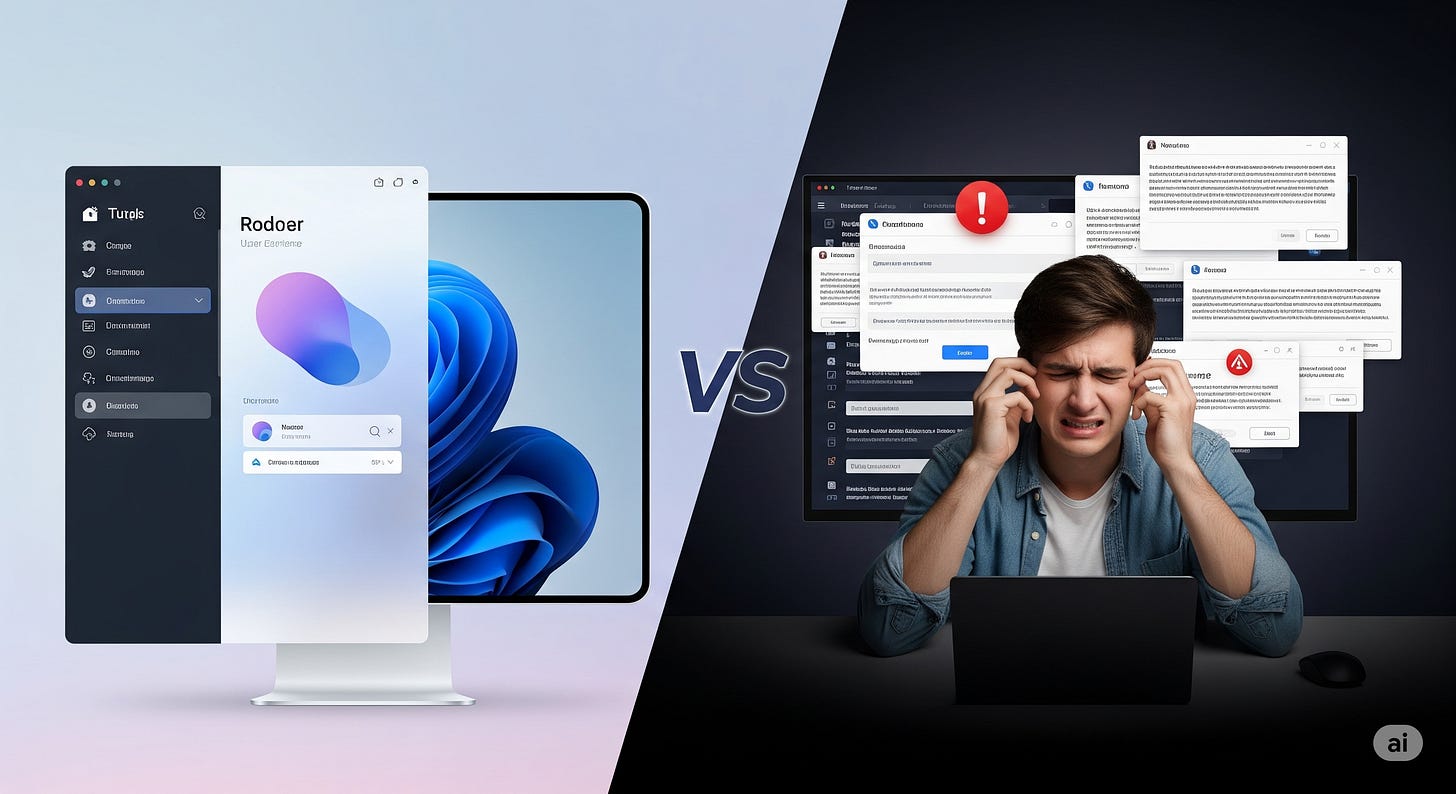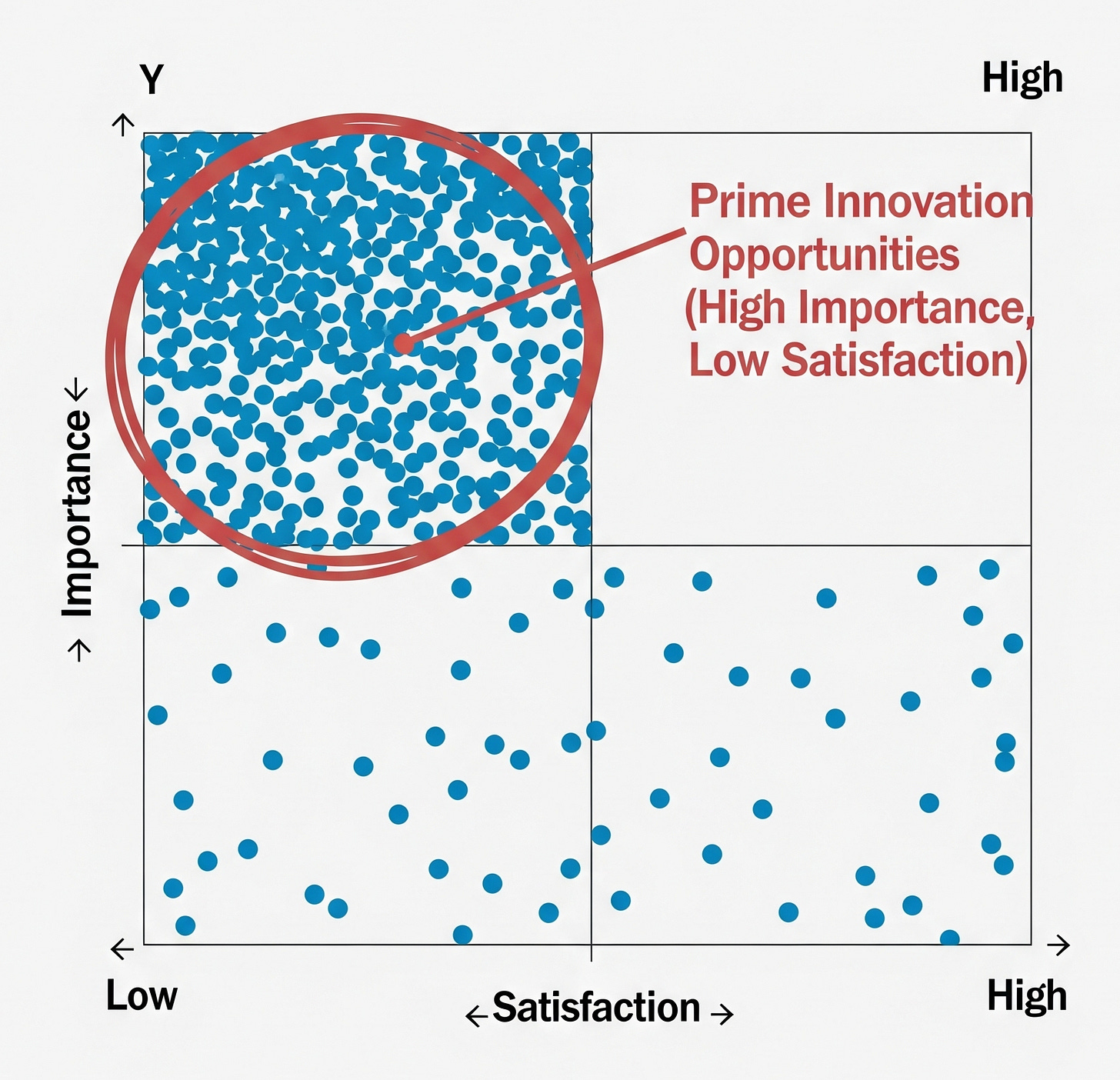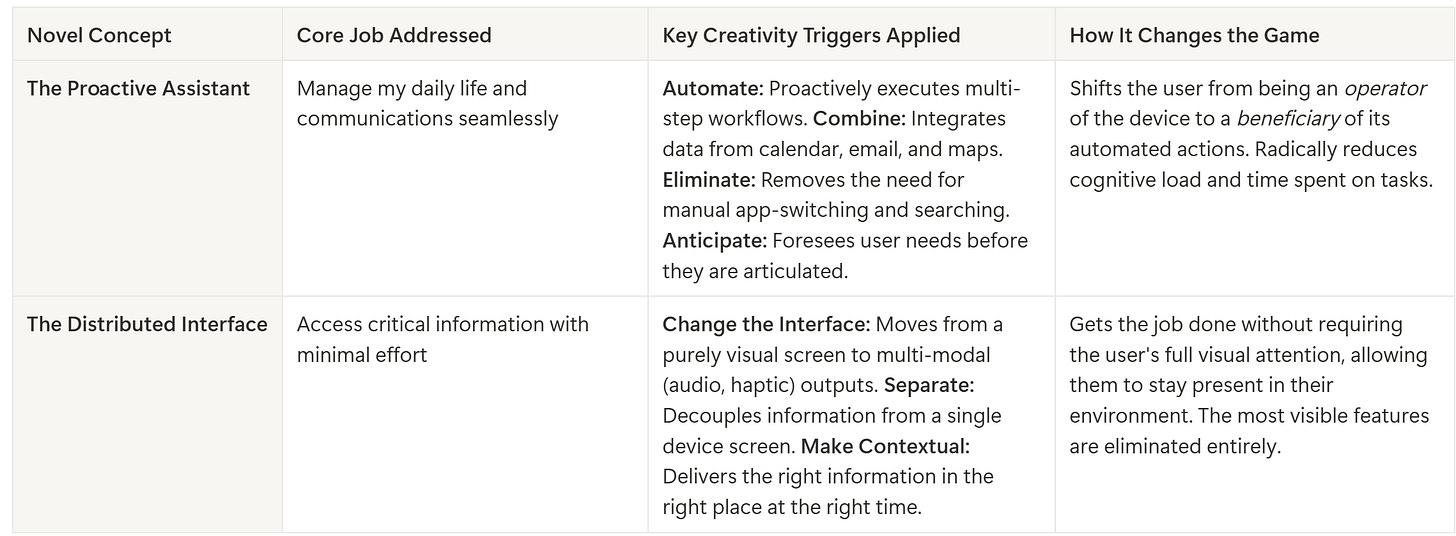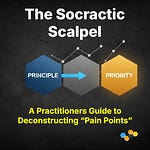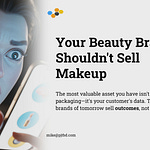Introduction: The Allure of the "Wow" Factor and the Hidden Risk
Every so often, a design announcement sends ripples through the tech world. You see it in the breathless media coverage and the buzz on social platforms. Apple's recent unveiling of its "Liquid Glass" design philosophy is a perfect example—a massive investment in creating a more fluid, aesthetically pleasing, and cohesive user interface. It’s undeniably beautiful.
But what if that beauty masks a hidden danger?
This is the risk of Design-Driven Diminishing Returns. It’s the point where your team pours enormous effort, talent, and capital into refinements that, while visually impressive, deliver only marginal, if any, real-world improvements for the user. It's the corporate equivalent of spending a fortune to polish a hammer when what your customer really needs is a better way to hang a picture.
How do you, as a leader, designer, or innovator, ensure your teams are genuinely creating value and not just spinning their wheels on expensive aesthetic upgrades? How do you know you're working on what truly matters to your customers?
There is a systematic way to diagnose this problem before you invest millions, and it starts by changing the fundamental questions you ask about your product and your customers.
The Anatomy of Stagnation: Why Good Teams Chase Bad Metrics
Good teams don't set out to build products that stagnate. The drift into diminishing returns is subtle, often driven by a focus on the wrong metrics. You get caught up in chasing competitors' features, responding to the loudest internal voices, or optimizing for "vanity metrics"—things that look good in a presentation but don't move the needle on customer success.
Think about it:
Aesthetic Appeal: Does it look modern and sleek?
Feature Parity: Does it have all the same buttons and options as the competition?
Engagement: Are users spending more time in the app (even if that time is spent being confused)?
These metrics are alluring but can be deeply misleading. They cause you to focus on the solution—your app, your software, your device—instead of the outcome the customer is trying to achieve.
This brings us to a foundational principle of Jobs-to-be-Done (JTBD) theory: Customers don’t buy products; they "hire" them to get a specific job done. You don’t hire a rideshare app to admire its map animations; you hire it to get from Point A to Point B reliably and quickly. A prettier tool that doesn't help get the job done better is, from the customer's perspective, a failed innovation.
The Antidote: An outcome-driven innovation (lowercase) Playbook
If chasing features is the problem, focusing on outcomes is the solution. This framework, which is the practical application of JTBD theory, provides a strategic compass to reorient your design and product teams toward what actually creates value.
Step 1: Define the Core Job, Not the Current Solution.
First, you must look past your own product and define the underlying job the customer is trying to accomplish. This requires a shift in perspective.
For example, the job of a smartphone user isn't "to use a mobile operating system." That's looking at the world from your product's point of view. The real, higher-level job is something like "manage my daily life and communications seamlessly" or "organize my professional workflow while away from my desk." When you frame the job this way, you instantly see that the operating system is just one part of a much larger ecosystem of struggles and desired outcomes.
Step 2: Uncover Unmet Outcomes (The Real Opportunities).
Once you've defined the core job, you need to break it down into the specific, measurable outcomes your customers are trying to achieve. These are the real opportunities for innovation. An outcome is a statement that is free of any mention of a solution, technology, or feature.
Using our example of managing daily life, desired outcomes might include:
Minimize the time it takes to find a critical piece of information across different applications.
Reduce the likelihood of making an error when sharing content with a specific group of people.
Decrease the number of manual steps required to coordinate a meeting with multiple participants.
These statements are stable over time, measurable, and, most importantly, they point directly to where customers are struggling.
Step 3: Quantify and Prioritize.
You can't fix everything at once. The final step is to determine which of these outcomes are most important to your customers and where they are least satisfied with current solutions. This is typically done through quantitative surveys.
The result is a data-driven roadmap for innovation. Instead of guessing what to build or which feature to polish, you have a prioritized list of the biggest struggles your customers face. Directing your design and engineering talent here is how you create significant value and leave competitors wondering what hit them.
Escaping the Incremental Trap by Elevating the Level of Abstraction
The most powerful way to break free from diminishing returns is to stop thinking about improving the existing solution and start thinking about making the job itself obsolete or radically more efficient. This is what it means to "elevate the level of abstraction."
Working Today: The Power of Integration
You can see this principle at work in products that are already succeeding. Think of the best financial technology apps. Years ago, you needed a spreadsheet for budgeting, a separate service for investing, a bank's website for bill pay, and manual calculations to see your whole financial picture.
A modern fintech app gets a higher-level job done—"achieve financial peace of mind"—by integrating all those functions into one seamless experience. It automates the data entry, provides instant insights, and eliminates the friction of using multiple, disconnected tools. It gets the job done better with fewer visible steps and a more integrated, less fragmented experience.
Novel Concepts for Tomorrow: Redefining the Interface
Now, let's apply this to our operating system example. Instead of just making the on-screen elements prettier, what if you elevated the job of "managing my daily life" to a new level?
Novel Concept 1: The Proactive Assistant. Imagine an operating system that doesn't just present information but anticipates your needs. It sees a meeting on your calendar, knows where it is, and proactively checks traffic. It finds the relevant documents you'll need and surfaces them without you having to search. It automates entire workflows, getting the job done with near-zero cognitive load and far fewer taps, swipes, or visible features.
Novel Concept 2: The Distributed Interface. Who says the interface has to live on a glowing rectangle in your hand? Imagine an experience where the "interface" is delivered contextually through audio cues in your earbuds, gentle haptic feedback from your watch, or ambient information displays in your environment. For many jobs, like navigating a city or being notified of an urgent message, this completely removes the need to "look at" and "navigate" a visual system at all. This makes the interface disappear, which is the ultimate form of simplicity.
These concepts aren't just fantasy; they are the logical conclusion of focusing on the outcome rather than the tool. They are born from asking "how could this entire job be done differently and better?"
Here is how these novel concepts can be traced back to fundamental creativity triggers:
Conclusion: Are You Designing for Value or for Vanity?
A beautiful design is a wonderful thing. But it is a means to an end, not the end itself. The path to sustainable growth and true innovation isn't paved with prettier buttons or more fluid animations; it's paved with better customer outcomes.
When you and your team are clear on the Job-to-be-Done, armed with data on your customer's biggest unmet needs, and brave enough to imagine a future where the job is done in a radically better way, you will never fall into the trap of diminishing returns. You will build products that customers don't just admire, but can't live without.
So, look at your current product roadmap. That feature you're planning to launch next quarter—are you polishing the glass, or are you revolutionizing the job?
What is one "job" your customers are trying to get done where the current solutions, including your own, are still incredibly inefficient? Share it in the comments below.
Follow me on 𝕏: https://x.com/mikeboysen
If you'd like to see how I apply a higher level of abstraction to the front-end of innovation, please reach out. My availability is limited.
Mike Boysen - www.pjtbd.com
Why fail fast when you can succeed the first time?
📆 Book an appointment: https://pjtbd.com/book-mike
Join our community: https://pjtbd.com/join



